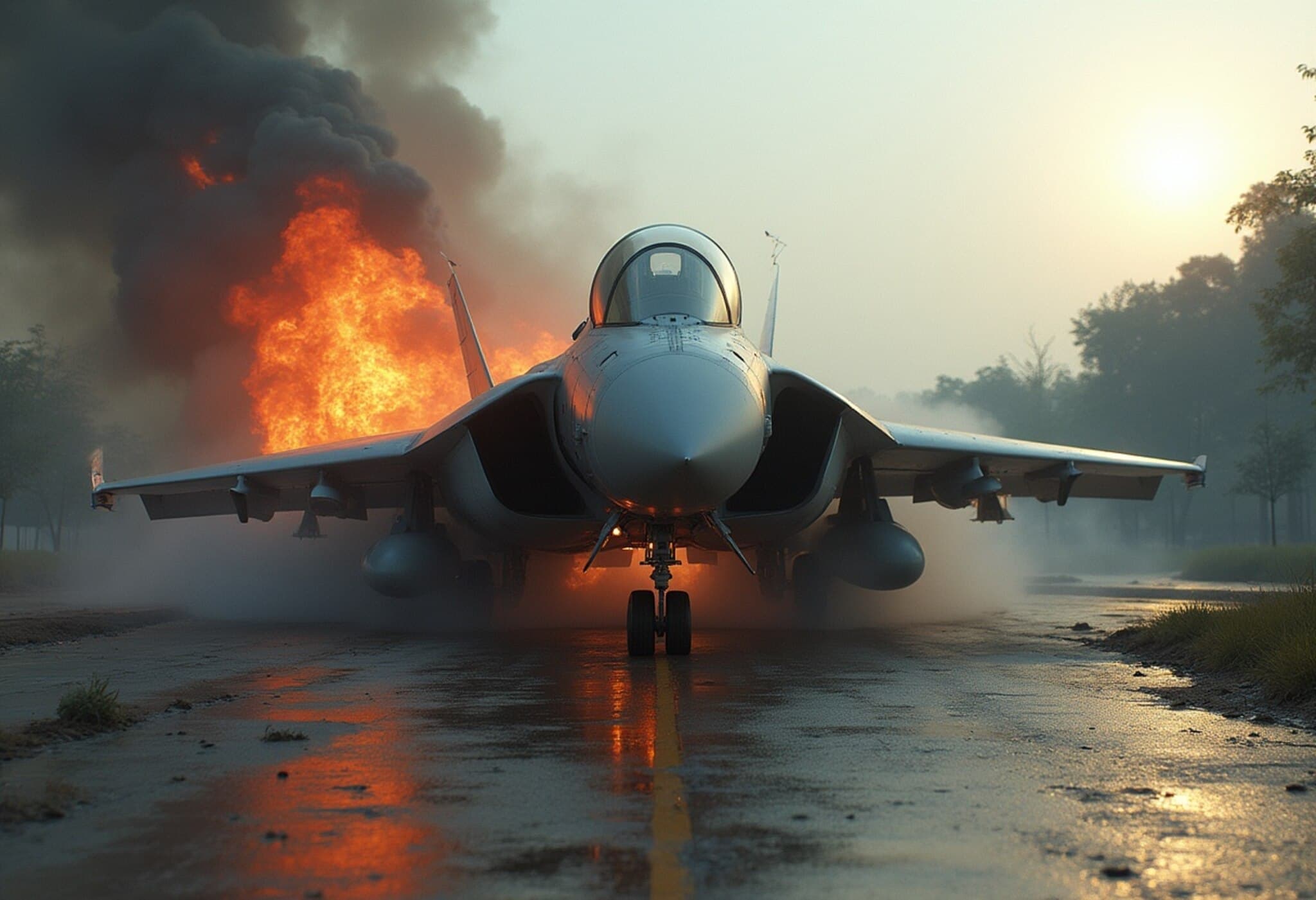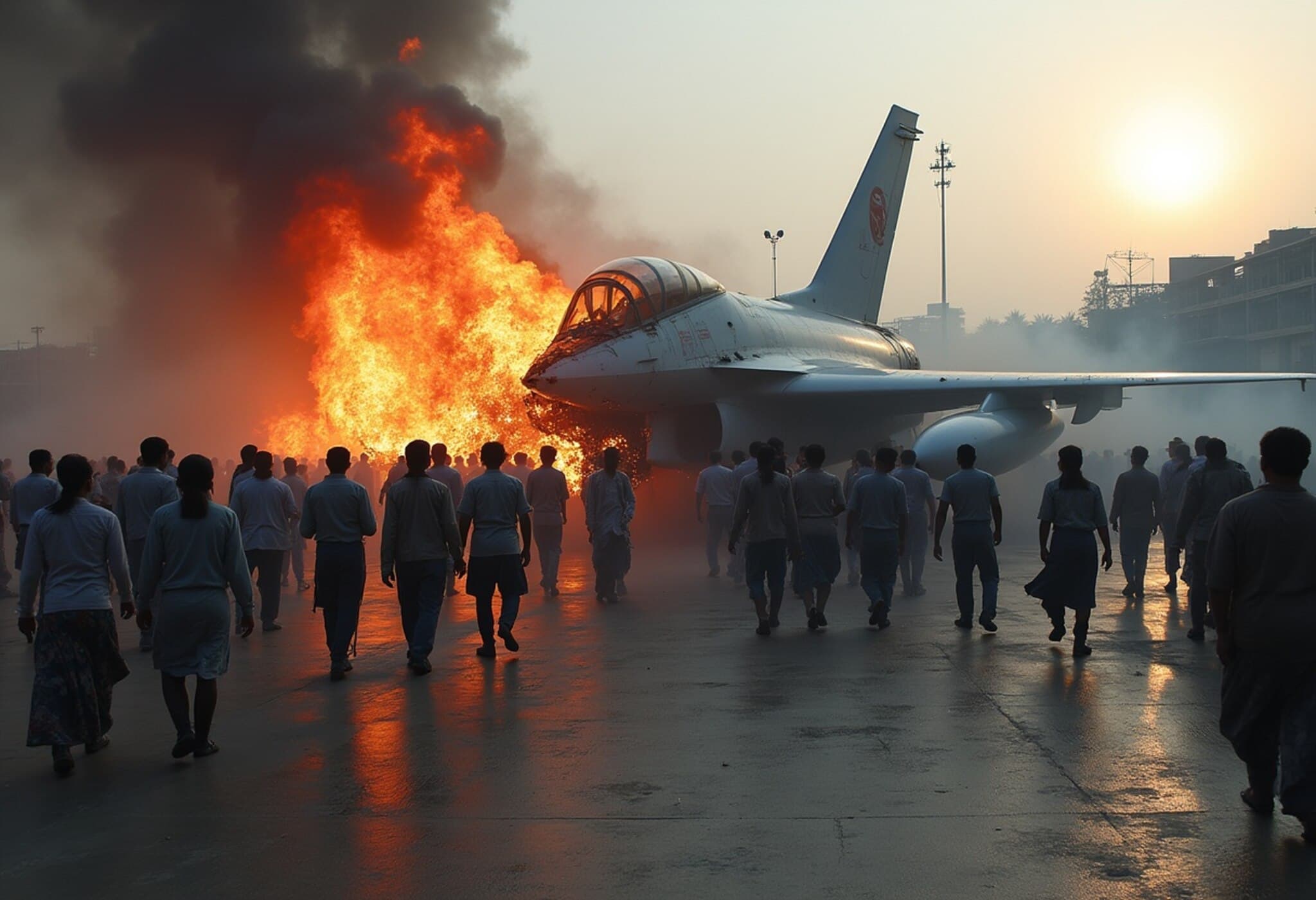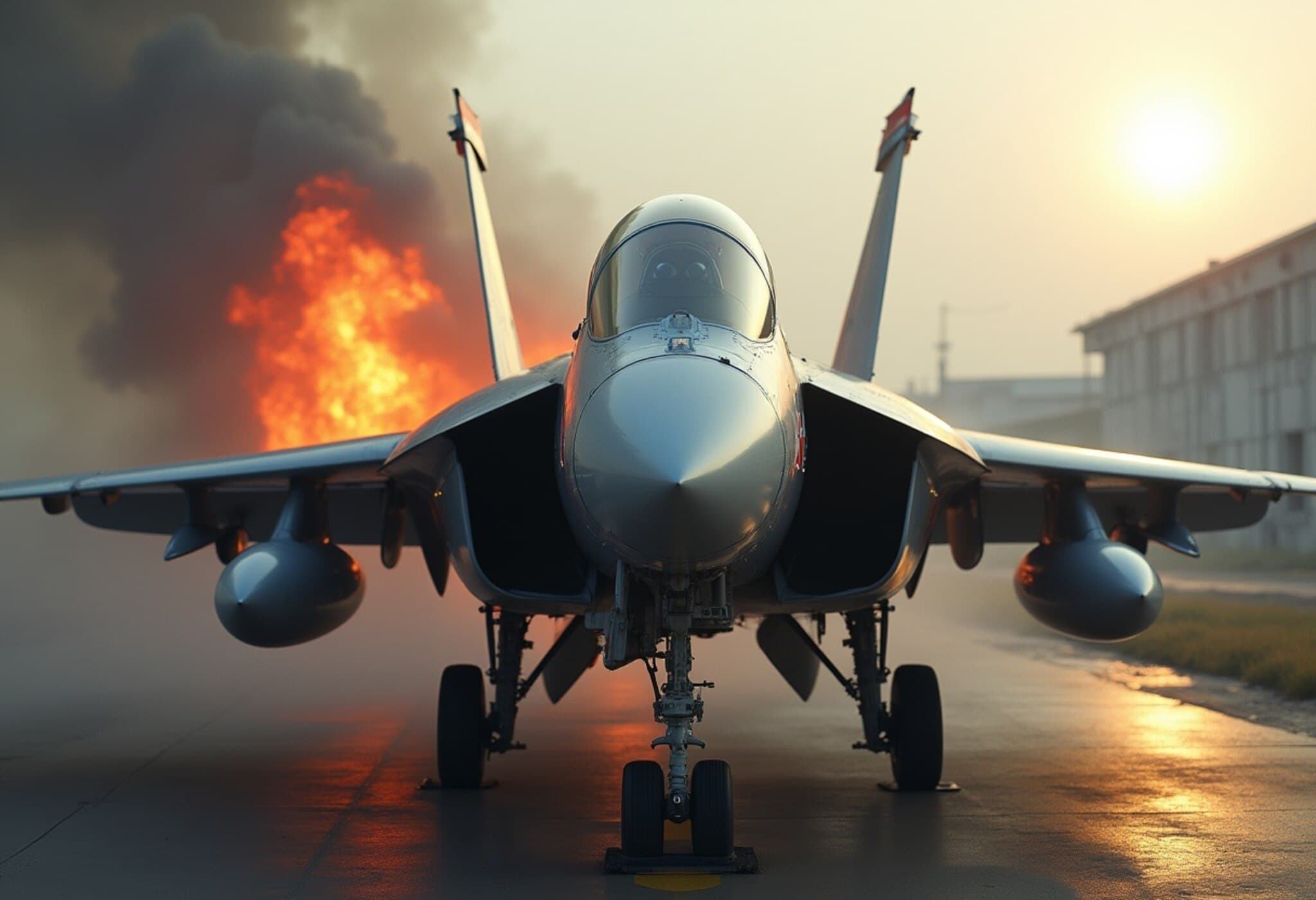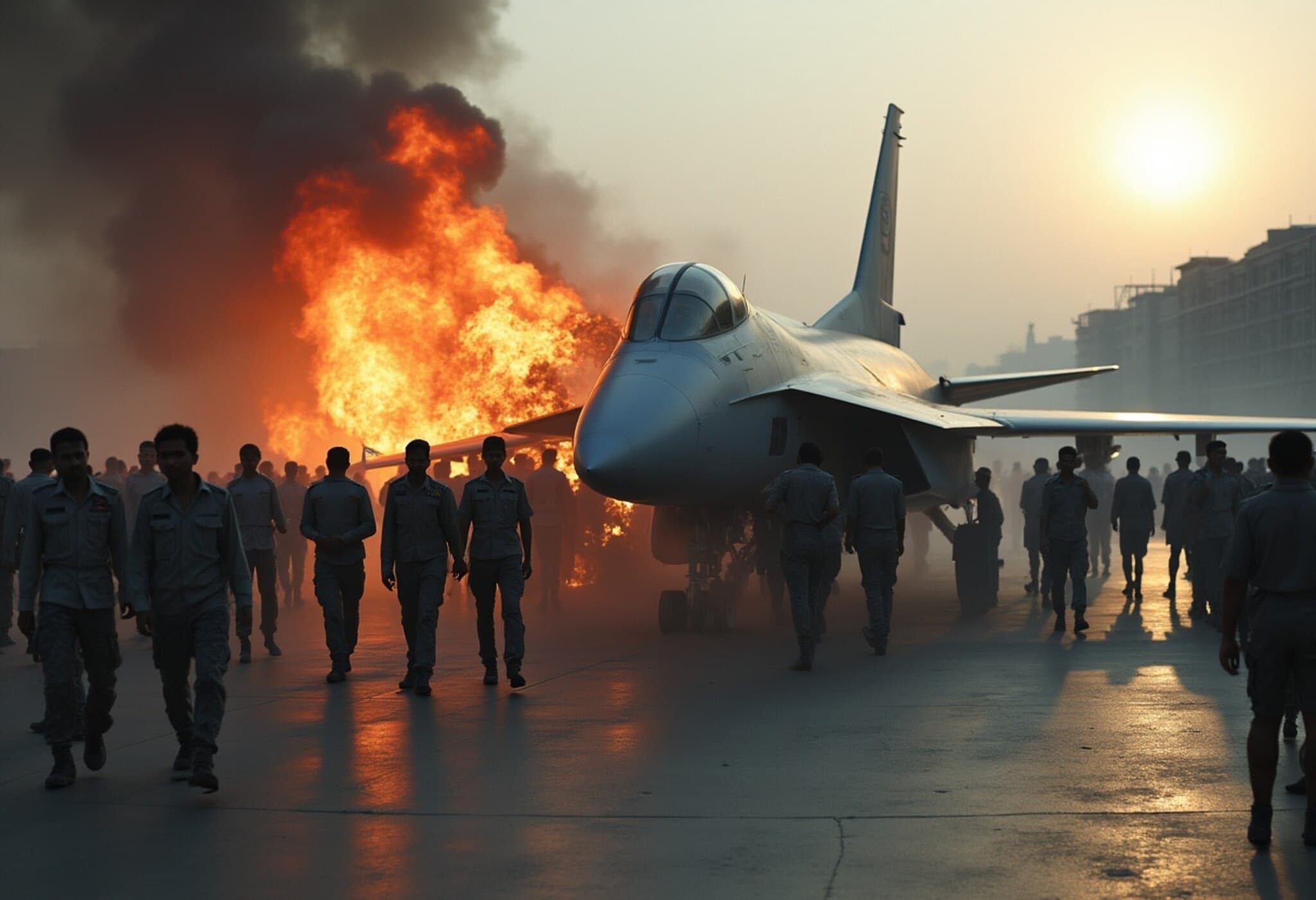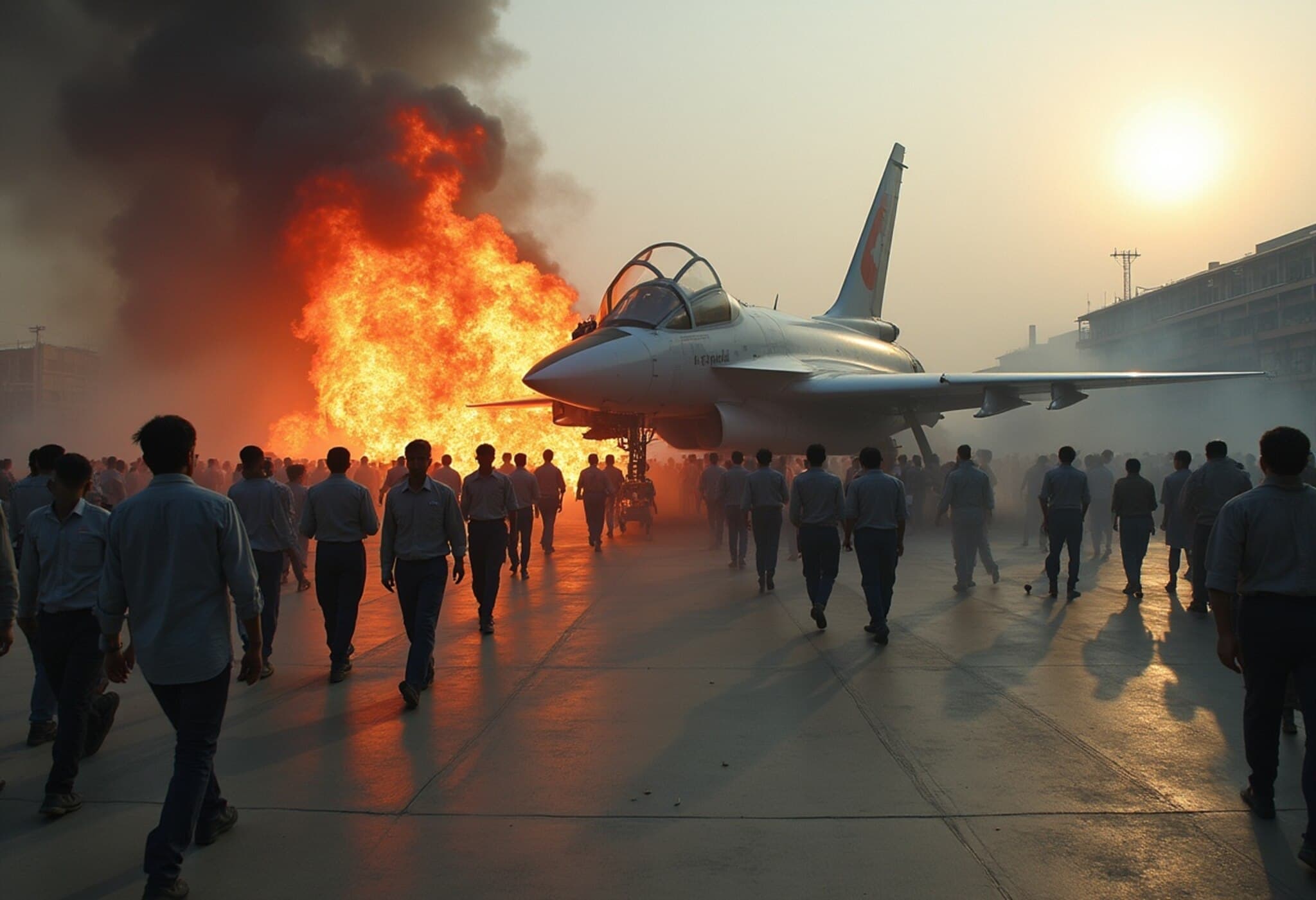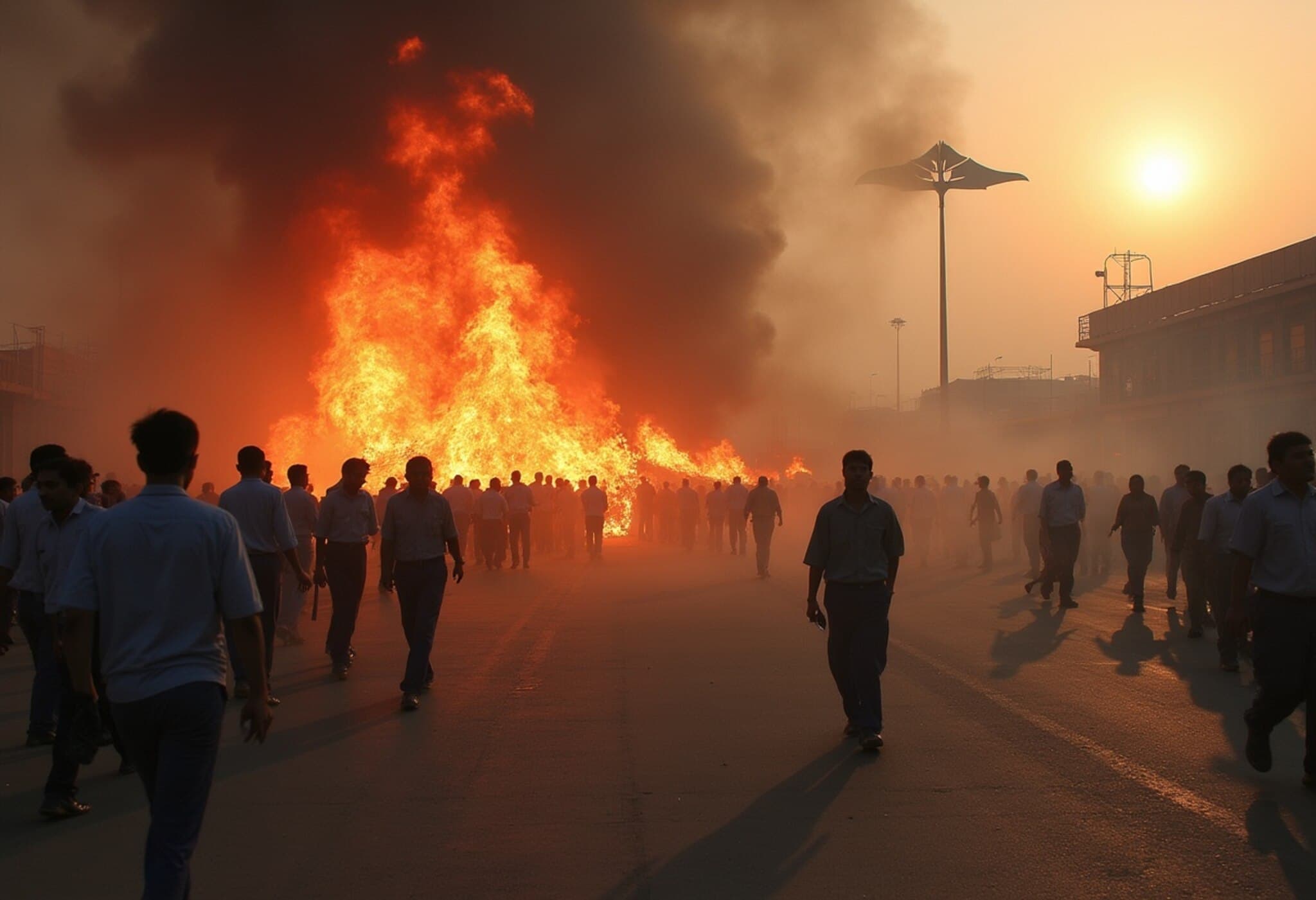Tragic Crash of Bangladesh Air Force Fighter Jet into Dhaka School
On the afternoon of July 21, 2025, a training aircraft from the Bangladesh Air Force (BAF) tragically crashed onto the campus of Milestone School and College in the bustling Uttara area of Dhaka, the nation’s capital. The devastating incident claimed the life of one individual and left at least 13 others injured, many of them students. This shocking event has sparked national concern and raised pressing questions about military flight safety near populated urban areas.
Details of the Incident
According to local fire officials and military sources, the airplane—a China-manufactured F-7 BGI fighter jet—went down around 1:06 PM local time shortly after takeoff. The jet, reportedly purchased by Bangladesh in 2022 for about $5.85 million per unit, was conducting what authorities described as a training flight. Eyewitnesses and video footage that quickly spread on social media depict thick smoke plumes and flames erupting across the school grounds shortly after the crash, underscoring the catastrophic impact.
Casualties and Emergency Response
- Fatalities: 1 confirmed dead
- Injuries: At least 13 students and staff members injured
Emergency responders, including military fire brigades, arrived rapidly to contain the blaze and evacuate those affected. Fire official Lima Khanam confirmed the casualty count but refrained from detailing the victim’s identity or current medical status of the injured. Given the crowded school environment during the incident, concerns about an even higher casualty figure remain.
Background on the Aircraft and Safety Considerations
The F-7 BGI, a multirole combat jet produced by China's Chengdu Aircraft Corporation, has been a central asset in the Bangladesh Air Force's modernization strategy. Despite its robust capabilities, such incidents highlight the persistent risks inherent in operating military aircraft near densely inhabited urban areas.
Experts assert that while training flights are essential for pilot preparedness and national defense readiness, stringent risk assessment and flight path regulations must be rigorously enforced to prevent civilian casualties. This crash reopens debates around air safety protocols, particularly in rapidly expanding cities like Dhaka where residential zones and educational institutions are increasingly adjacent to military installations.
Broader Implications and Public Concerns
This tragic event underscores a critical tension in urban planning and defense operations within emerging economies. How can countries like Bangladesh balance the necessity of maintaining a capable air force while safeguarding civilian lives and infrastructure? Furthermore, questions about aircraft maintenance standards, pilot training rigor, and emergency readiness are inevitable following such a calamity.
The psychological impact on the local community, especially the affected children and their families, is profound. Officials will need to address both the tangible and intangible aftermath through transparent investigations, timely communication, and support services.
Looking Ahead: Calls for Accountability and Reform
As investigations proceed, many anticipate detailed reports to clarify root causes—whether mechanical failure, human error, or other factors. There is growing pressure on military and government authorities to enhance air safety regulations and ensure stringent operational oversight.
Editor’s Note
The Bangladesh Air Force jet crash into a crowded school campus is a stark reminder of the fragile intersection between national security and civilian safety. Beyond the immediate tragedy lies a deeper challenge: ensuring that military preparedness does not come at the expense of innocent lives. As Dhaka continues to grow, safeguarding urban populations near military zones must become an urgent policy priority. Readers are encouraged to follow updates closely and consider the broader implications for aviation safety and urban governance in rapidly developing regions.

